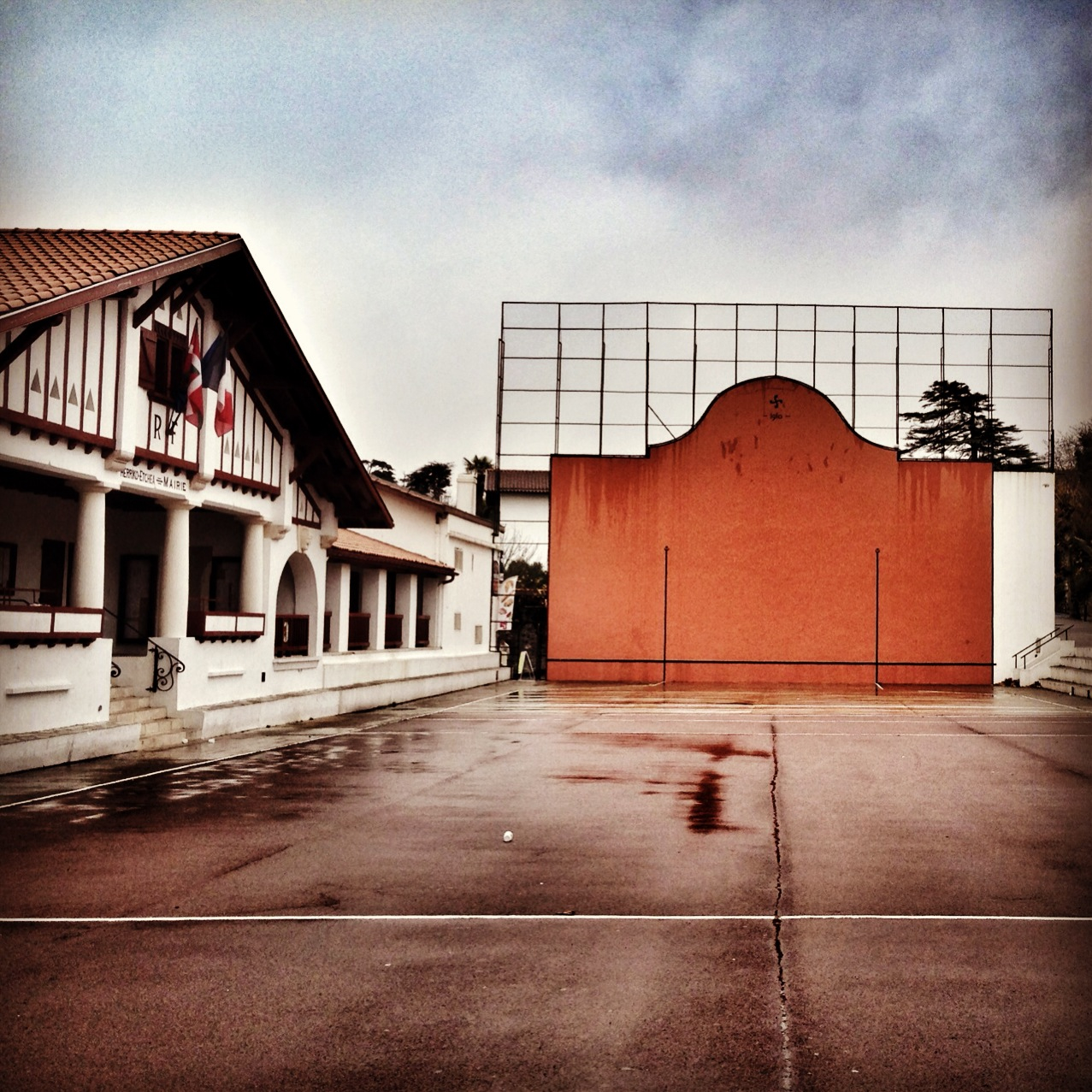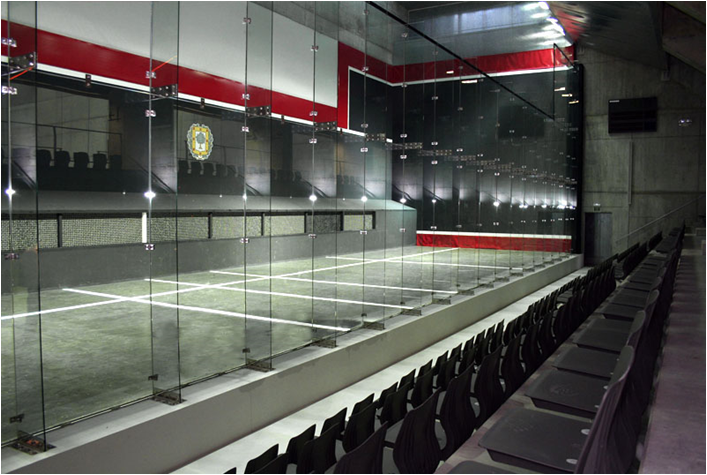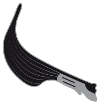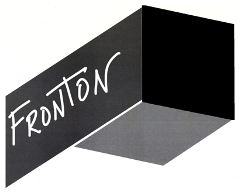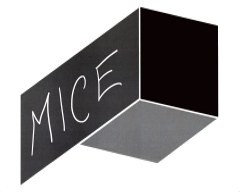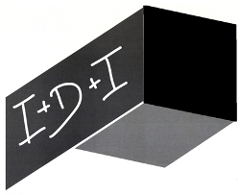BASQUE BALL
“By the way people play, their character and their conception of the sacred are recognized” Beñat A.C
IMMERSE YOURSELF IN THE BASQUE PELOTA UNIVERSE
The Basque ball is our most universal intangible asset, the different and varied forms of play, the tools used to practice and the different courts, make this game a rich and exciting universe.
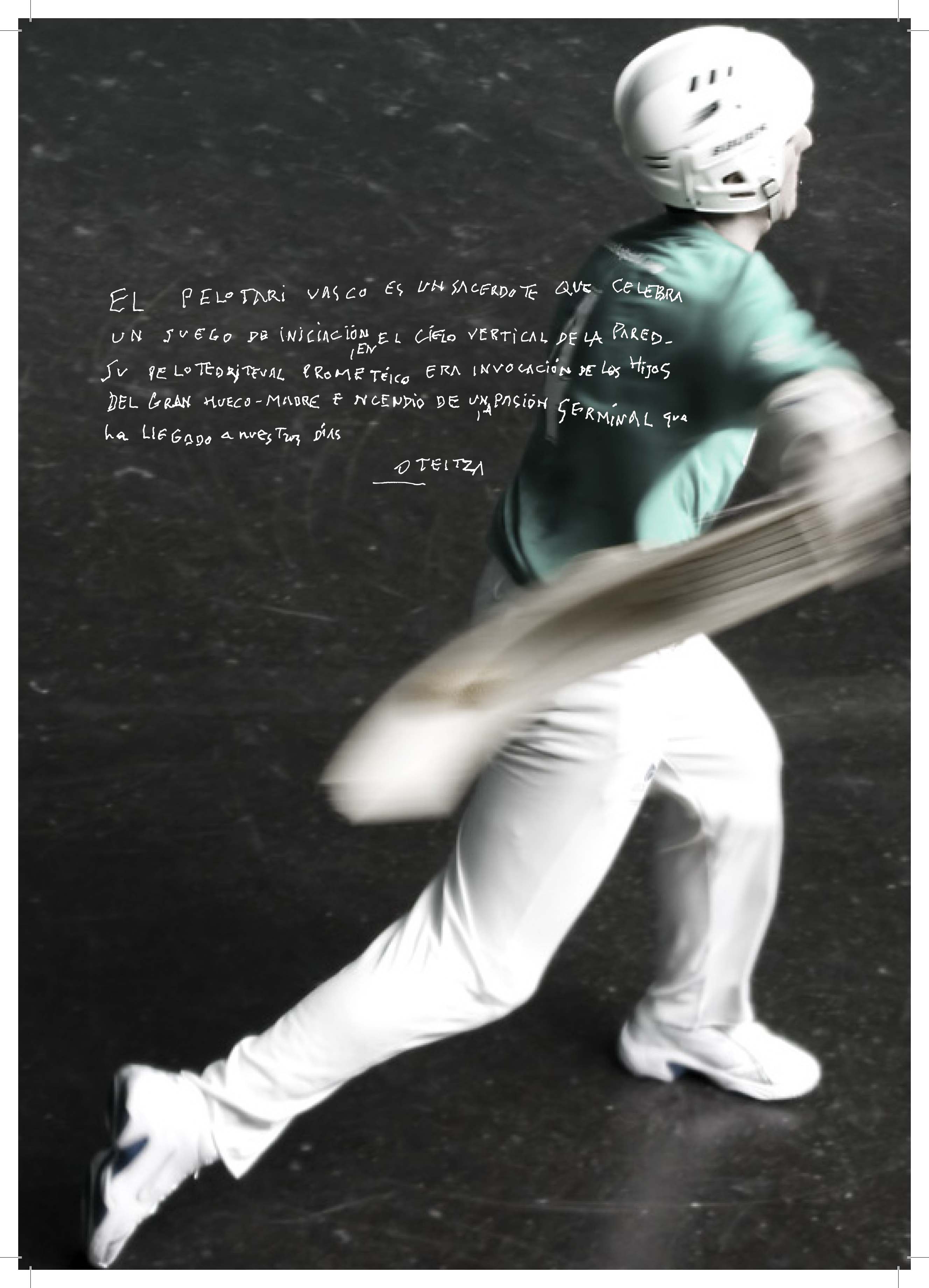 All the towns have played with a ball, but the Basque people have made the “pelota” game a culture in itself, preserving and evolving the way they play with a ball.
All the towns have played with a ball, but the Basque people have made the “pelota” game a culture in itself, preserving and evolving the way they play with a ball.
The Basque ball is played in many ways and in different spaces, as well as with different tools. Its diversity makes the ball a unique and valuable expression. This circumstance is the most important and enriching.
THE GAMES OF THE BASQUE “PELOTA”
The Basque Pelota, more than a mere sport, is a living cultural asset, the manifestation of the party and the celebration (hence its white dress) and a sample of the challenge and competition between men and peoples.
The pelota is the hallmark of our way of life, and being a guardian of traditions and enclosing our people's values, it becomes a cultural asset and intangible heritage.
- Value: It is a dangerous game in the case of the Jai Alai, very hard in the case of the “Mano”, the difficulty involved in the “Pala”.
- Respect: Both the opponent, the public and especially the judge. Never insult, decisions are not discussed, no fuss is made, no bad faces.
- Elegance: For their movements, attitude and for the clothing that must be unpolluted.
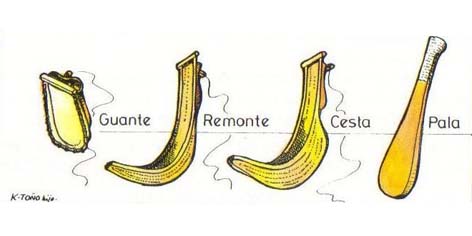
"Let's play cleanly, the square is always a judge. This is Honorable" Inscript Frontón Aldudes Navarra, 1853
MODALITIES
- Guante Laxoa: The oldest modality of the Ball, is played without pediment, direct play, with cowhide gloves. Two teams face each other in the open field or town square. The ball in the serve, bounces in the "botarri" and the game is developed by returning the ball to the other field and getting the opposite ground. The points are shouted and it is counted as tennis 15, 30, 40 and game. This modality contains the essence of the rest of the modalities and of many modern pelota games such as tennis and baseball.
- Joko Garbi: Small basket with hardly any background. Fair play, fast, without stopping the ball. It seems that it is the predecessor of other basket games such as the “Remonte” and the “Jai Alai”.
- Remonte: Longer basket, the ball would not be stopped, it goes back and reaches the front quickly
- Jai Alai: One of the youngest modalities, the basket has a bottom where the ball stops (less than 3 seconds) and then leaves at high speed. It owns the speed guines record and it is the most international modality due to its spectacularism and speed.
- Long Pala: Made of a single piece of wood, it weighs between 700 and 800 grams, it is one of the most complicated ways to play, for its weight and the difficulty when it comes to hitting the ball against the centre of the pala´s head.
- Short Pala: It is an instrument just like the pala, but with less weightl less physically demanding than the long shovel, and more fun when playing because of its greater ease of learning.
- Leather Paleta: It is an instrument like the short pala, but even smaller, with a suitable and smaller ball. Born because you need less physical resistance to play.
- Argentinian Pala: It was born in Argentina and is a derivation of the pala, but the ball is a galvanized rubber ball. It is played either in long or small courts, using the glove or small pala.
- Raqueta: Modality played by the first female athletes in history: the racquet players. A sturdy tennis racket and a leather ball are used. It is the only extinct modality.
- Xare: Modality in which a great wrist movement is needed. Exported by religious to America, was welcomed with enthusiasm Although its unknow in the north of Basque Country, there are still some players in the South.
- Hand: It is the most popular modality played with the bare hand or with a plaster-based protection. The bravery of the Basques is better represented than anywhere in this mode due to the suffering and pain caused by this game.
- Frontenis: The most modern modality. With rackets and tennis balls, it is played on courts. Very fun and extended by all the courts around the world.
.jpg)
They play not confronted, but together, at the par and without getting in the way. They don't play against each other, but they play looking ahead, against the same fate.
Beñat A.C."Jai alai"
Game rules
It is about throwing and / or hitting a ball towards a wall (in indirect games) and trying to make it unattainable or try to take advantage of its mistake. In this way the player (s) accumulate points until they reach the agreed score. A traditional match is usually between 35-45 points. The first to reach the final score is the winner. The difference of two goals is not necessary, as in tennis.
The serve will always be for the one who makes the point, as a reward. Whoever has the serve has great advantage. In the service, the ball must bounce between numbers 4 and 7 drawn on the left wall of the court, called pass and miss. In the rest of the game, the ball can bounce anywhere in the court, always within the limit of the white lines.
The Balls
As there are several modalities that make up this sport, the balls also have different characteristics. The manufacturing process is complex, because its elaboration is completely handmade.
They are composed of “kiski” or “potro” (the heart of the ball, wood or rubber), rubber coating, virgin wool, yarn and leather. Each craftsman has their manufacturing secrets and no two balls are the same. Ballers can choose the balls to be used for their matches, depending on their tastes and abilities.
In all modes there are live balls "biziak" (fast) and dead" motelak" (slow), with more or less touch (sound).
In the hand mode the balls are:
- "Goxuak" or soft (initiation).
- "Medium" (perfection).
- "Hard" (experts).
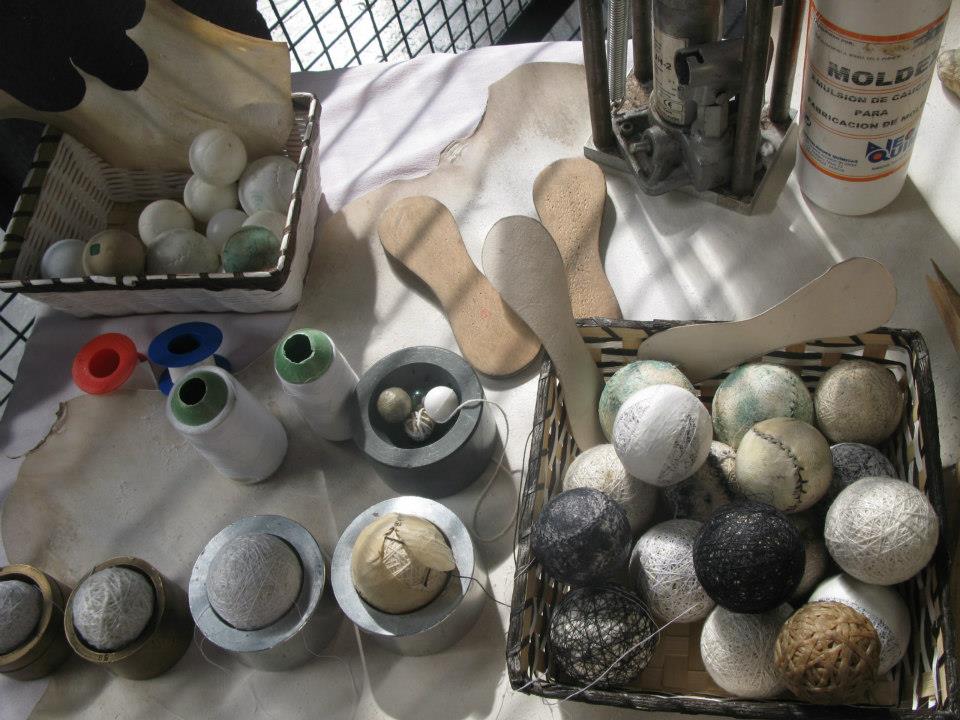
Game spaces and courts
SOROPIL: Flat terrain, not always totally horizontal, with short grass and marked stripes on the ground as a groove. Direct play, one team against another facing and without walls. The oldest ball court and origin of the rest of the games. This was a game of shepherds in mountains, campsites and valleys. They were equipped with raised and polished stone. The "botarri" was used to receive the impact of the ball. Later, this game went down to the villages and crossroads, to the meeting and commerce centers. Many of our villages were originally a "soropil" and still retain the polished stone and game measurements in the central square.
WALLS: Towers, walls, atriums and porches were and are used to play basque pelota.
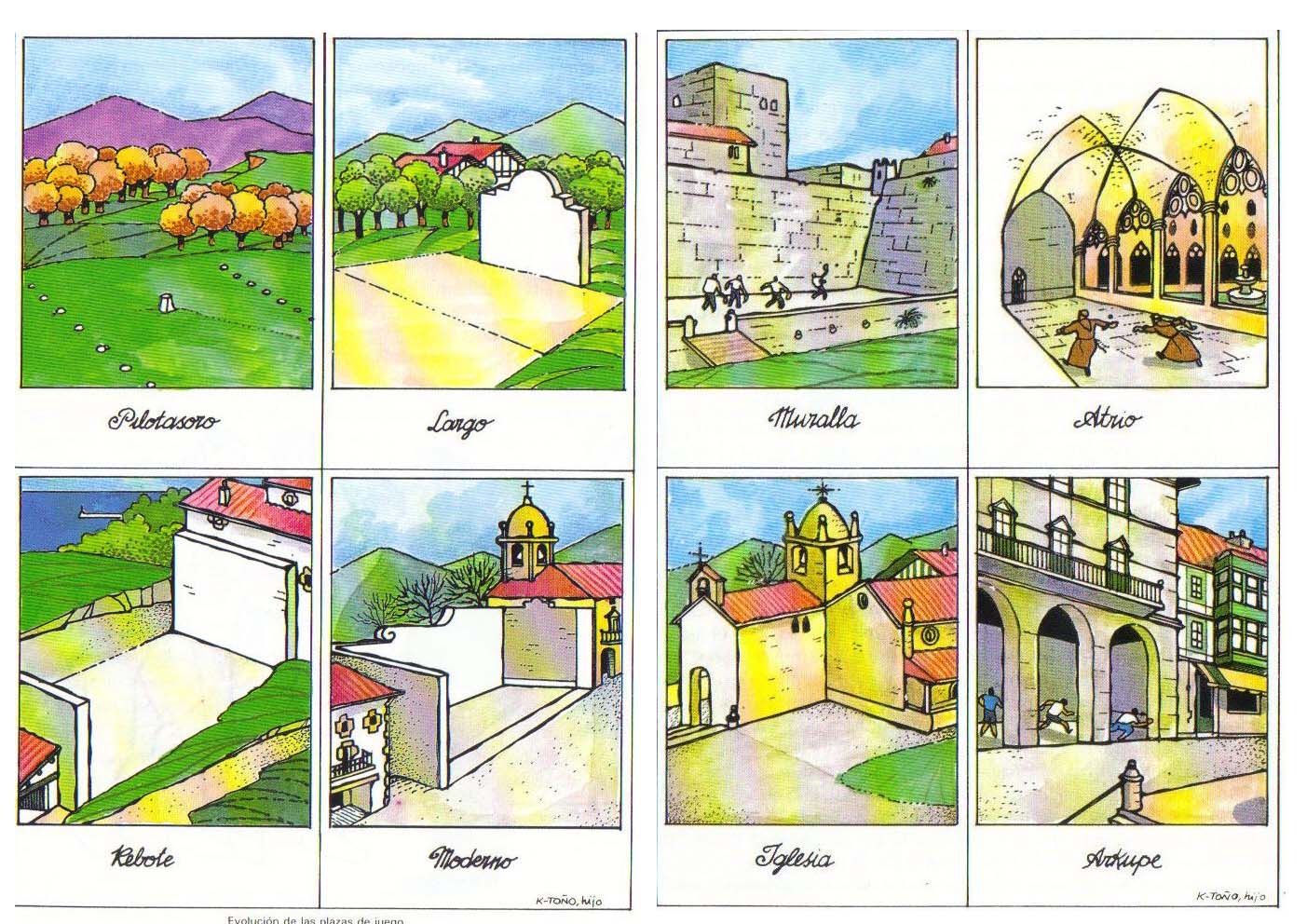
COURTS
- Plazas Libres: Single fronton of a single wall, or two, in front of the other (bounce). Together with the Church and the City Hall, they form the most characteristic urban triangle of the Basque peoples. These spaces were not only playing fields, but square-market and a gathering/party place.
- Trinquete: The “trinquetes” come from the old "Tripots". They are enclosures that have four playing walls and rectangle shape, a low gallery that constitutes a sloping awning, supported by columns, and a curious window on the frontis called friar (because it is its origin, the porticos of monasteries and churches) the most modern ones are glazed (Photo: Bilbao Trinquete). They are the courts of the origin of the "jeau de paume" game of priests, nobility and kings.
- Long and short left wall court: The left wall pediment is only configured by the play space delimited by the following walls:
- “Frontis” or front wall.
- Left wall perpendicular to the frontis
- “Rebote” or opposite wall to the frontis (although it does not exist on all courts).
Depending on the length of the left wall, i.e. the playarea, the left wall court can be classified into two types:
- Long court (54-meter left wall)
- Short court (36 meters left wall).
They can host different specialties of the ball game, but, anyway, although minimum and maximum dimensions are recommended, they usually have large differences between them and we can say that there are no two identical courts.
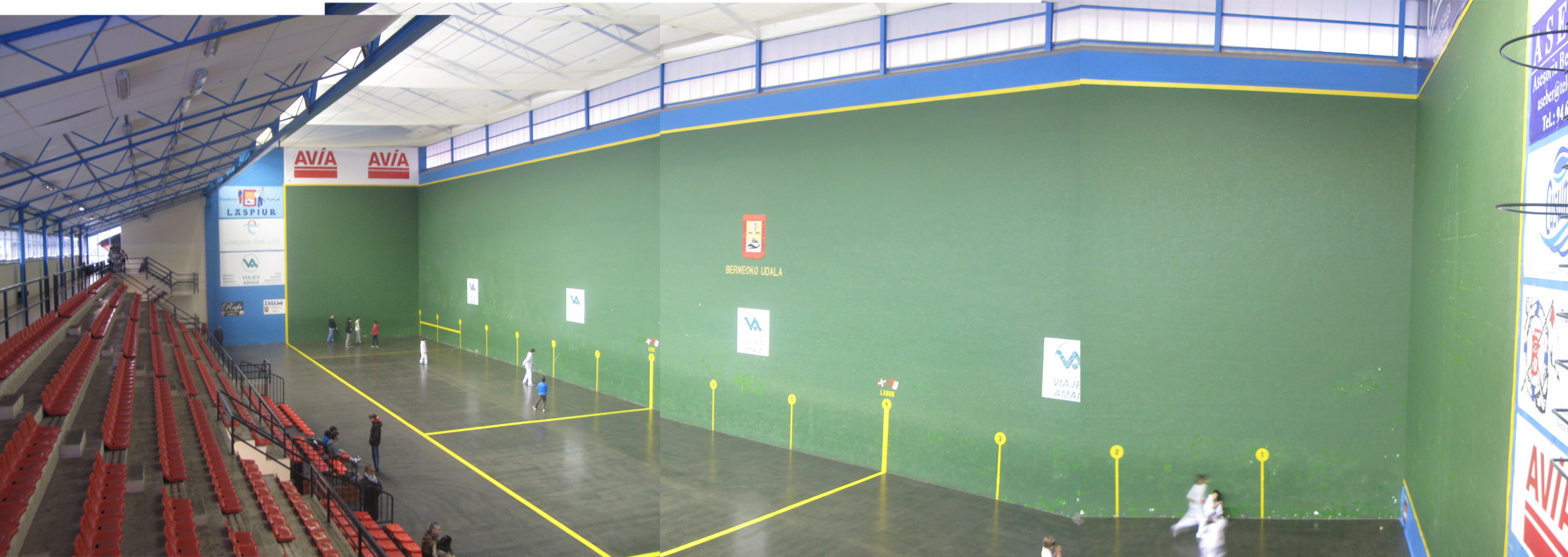
The first left wall court to be built was that of Atotxa in Donostia-San Sebastián in 1877.



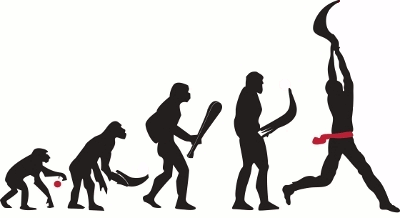

.jpg)
